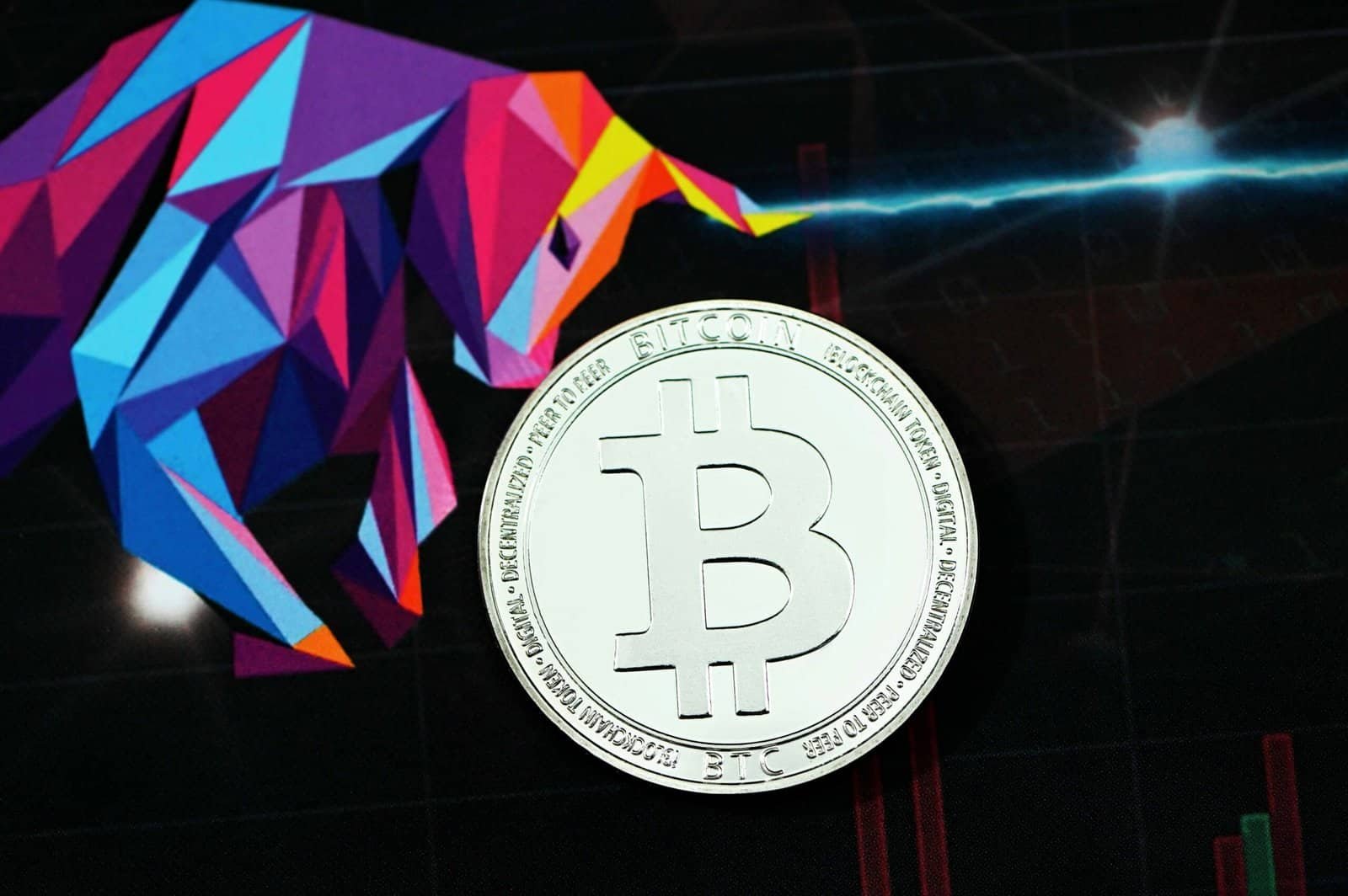Have you ever wondered how cryptocurrencies manage to scale efficiently while maintaining security and decentralization? In a world increasingly driven by digital transactions, understanding the mechanisms that enable these three pillars to coexist is crucial.
“Rollups” offer an ingenious solution, fundamentally altering the landscape of blockchain technology. Whether you’re a seasoned crypto enthusiast or just curious about how these complex systems operate, rollups present a fascinating case study. They represent a new layer of scalability on blockchain networks, particularly those like Ethereum, where congestion and high fees have become a matter of concern. But before we delve into the nitty-gritty of rollups, let’s explore the foundation of traditional blockchain consensus mechanisms, particularly Proof-of-Work (PoW).

Introduction to Blockchain Technology
Blockchain technology, at its core, is an immutable ledger used to store data in a decentralized manner. By its very nature, it connects data blocks cryptographically, creating a transparent and secure way to record transactions or any other form of data. Unlike centralized systems, blockchains don’t rely on a central authority. Instead, they use consensus mechanisms to ensure that all participants in the network agree on the data’s state. This leads us to a crucial component of many blockchain systems, including those which employ rollups: Proof-of-Work (PoW).
Understanding Proof-of-Work (PoW)
Proof-of-Work is one of the earliest consensus mechanisms utilized by cryptocurrencies like Bitcoin. It functions based on computational challenges and rewards miners for finding solutions. The concept is simple yet powerful—any participant (miner) needs to prove they’ve undertaken a certain amount of computational work before they can add a block to the blockchain. Think of it as a guessing game where miners solve complex mathematical problems, and the first one to ‘guess’ correctly wins the right to add the next block to the chain, earning rewards in the form of cryptocurrency.
How Does PoW Ensure Security?
The security of PoW stems from its robust difficulty adjustment mechanisms and the sheer amount of computational power required to overtake the network, known as a “51% attack.” Essentially, for a malicious actor to manipulate the blockchain, they would need to control a majority of the network’s mining power. For blockchains like Bitcoin, achieving such dominance requires substantial resources, making it economically unfeasible for most.
The Scalability Issue with PoW
While PoW provides substantial security, it does have significant downsides—its scalability is often limited. Each transaction must be processed by all nodes in the network, leading to slower processing times as the network grows. Furthermore, the energy-intensive nature of PoW has raised concerns over its environmental impact. This is where second-layer solutions, such as rollups, come into play, promising to bridge the gap between security and scalability.
What Are Rollups?
Rollups are an innovative scaling solution primarily designed for Ethereum but applicable to other blockchains with similar scalability challenges. They operate by executing transactions off the main blockchain while posting only the necessary data on-chain. This provides a more efficient way to record and verify transactions, alleviating congestion and reducing costs. In essence, rollups take the workload off the main blockchain and process it elsewhere, ensuring a seamless blend of speed and security.
Types of Rollups
Rollups are generally categorized into two main types: Optimistic Rollups and Zero-Knowledge Rollups, also known as ZK-Rollups.
Optimistic Rollups
Optimistic Rollups assume transactions are valid by default and only resort to verification in cases of discrepancy or suspicion. This “optimistic” validation makes the system faster, as verification isn’t required unless a contradiction arises. You can think of it as living in a small town where people trust one another—verifying everything isn’t necessary unless there’s good reason to doubt someone’s actions.
ZK-Rollups
On the other hand, ZK-Rollups leverage zero-knowledge proofs to inherently verify the transactions without exposing the actual data. Every single transaction is succinctly validated through mathematical proofs, ensuring they are both correct and secure without requiring trust. Imagine having a secret handshake with someone that unequivocally shows you belong to a club without revealing anything about the club itself.
How Rollups Enhance Blockchain Functionality
Rollups function by aggregating multiple transactions, compressing them, and then posting the summary to the main blockchain. This approach allows more transactions to be processed in less time and with reduced fees.
Reducing Congestion
By taking numerous transactions and bundling them into one, rollups greatly alleviate congestion. Imagine you’re at a busy intersection with constant traffic. Rollups act as efficient traffic lights coordinating the flow, so traffic doesn’t build up.
Lower Transaction Costs
One of the principal frustrations for users, especially in high-demand networks like Ethereum, is transaction fees. Since rollups handle transactions off-chain before posting results on-chain, the cost per transaction decreases significantly. It’s like choosing to carpool rather than paying for your own parking; everyone shares the cost, making it cheaper for all.
Increased Throughput
Throughput refers to the number of transactions a network can process per second. The more efficiently a blockchain can manage data, the more capable it becomes of handling real-world demands. Rollups bolster throughput by shifting the bulk of processing away from the bottleneck—the main chain.

Solutions and Challenges with Rollups
While rollups offer brilliant solutions to some of blockchain’s biggest hurdles, they aren’t without challenges. Understanding these can help you gauge where the technology stands and what developments might be on the horizon.
Security Considerations
With Optimistic Rollups, there’s always the risk that someone might exploit the period before disputes are raised. This necessitates a robust dispute resolution mechanism, which can be complex and requires vigilant network monitoring. With ZK-Rollups, while more secure, the computational load to create proofs can be significant and could slow down deployment or increase costs.
Integration with Existing Infrastructure
Integrating rollups into existing blockchain systems can be a significant challenge. Developers need to ensure that these solutions work seamlessly with smart contracts and decentralized applications already in place. It’s akin to renovating a house without disturbing the foundation—careful, meticulous planning is essential.
User Experience
User experience is a focal point in any technology adoption. Rollups can complicate user interfaces and interactions since transaction execution and confirmation happen off-chain. Thus, while ensuring the mechanisms work behind the scenes, providing a clear and straightforward user experience remains critical.
Rollups in the Real World
Several projects have successfully implemented rollup technology, signifying its practical applicability and benefits in real-world scenarios.
Ethereum’s Adoption
Ethereum, as a pioneer of smart contracts and decentralized applications, has been at the forefront of rollup adoption. Initiatives like Optimism and Arbitrum offer concrete examples of rollups enhancing Ethereum’s capacity, making transactions quicker, less costly, and more efficient.
Other Blockchain Implementations
While Ethereum garners most attention regarding rollups, other blockchain systems are also exploring these solutions. Projects are adapting rollup principles to diverse consensus mechanisms and blockchain architectures, underscoring rollups’ versatility and relevance across the broader blockchain ecosystem.

Future Prospects of Rollups
As blockchain technology continues to evolve, rollups represent a critical component in future scalability strategies. Here’s how they might shape the blockchain landscape:
Seamless Integration
Efforts are underway to make rollups increasingly seamless for users. With advancements in wallet interfaces and cross-chain compatibility, the goal is for users to benefit from rollups without even realizing they’re using them. The analogy here would be using the internet without needing to understand TCP/IP protocols—the sophistication is hidden beneath a user-friendly exterior.
Collaboration with Other Scaling Solutions
Rollups aren’t a panacea, but they work impressively alongside other layer-two solutions, such as sidechains and state channels. These collaborations point to a multifaceted approach to blockchain scalability, where diverse solutions coexist and complement each other for optimal efficiency.
Environmental Considerations
With growing awareness of environmental issues, mechanisms like ZK-Rollups offer an appealing alternative. By enabling high throughput with reduced energy consumption compared to PoW networks, they present a more sustainable path forward for blockchain scalability.
Conclusion
Rollups stand as a pivotal innovation in addressing the persistent challenges of scalability and efficiency in blockchain networks. By delegating transaction processing off the main blockchain while maintaining security and decentralization, rollups strike a balance between necessity and innovation. As the technology matures, you can expect even greater integration and enhancements, playing a foundational role in advancing blockchain’s adoption and functionality. Whether you’re engaged in blockchain technology or simply keen on its developments, rollups exemplify how ingenious adaptations can reshape and propel this transformative landscape.

